

This video, courtesy of Veritasium, features segments from the YouTube video
titled "Why You Should Want Driverless Cars on the Road Now". It has been
shared to raise public awareness about the transformative impact self-driving
cars can have on enhancing road safety.
This project showcases how Convolutional Neural Networks (CNNs) power autonomous vehicles by translating raw camera input into real-time driving decisions. Explore how AI, data, and real-world tests come together to drive the future of mobility.
🔧 Tools Used: This is a conceptual and educational project focused on NVIDIA’s CNN-based model for autonomous driving. It references real-world tools and technologies used in AI and self-driving research without implementation.
🎯 Project Goals
🌟 Impact & Outcome
The landscape of transportation is undergoing a profound transformation, driven by the relentless advancement of artificial intelligence. At the forefront of this revolution is the concept of autonomous driving, where vehicles navigate seamlessly without human intervention. NVIDIA's Convolutional Neural Network (CNN) has emerged as a powerful tool in achieving this ambitious goal.
NVIDIA’s CNN architecture provides the computational backbone for self-driving cars, enabling them to perceive and understand their surroundings in real time. By processing vast streams of visual data from cameras and sensors, the network mimics human decision-making with remarkable accuracy. From detecting pedestrians to recognizing traffic signs, every decision is meticulously calculated to ensure safety and efficiency.
The integration of CNN-powered self-driving systems promises a safer, more reliable future on the roads. By reducing accidents caused by human error and optimizing traffic flow, autonomous vehicles contribute to smarter and greener cities. NVIDIA’s cutting-edge neural networks continue to evolve, pushing the boundaries of what is possible in autonomous mobility.
This project showcases the implementation of NVIDIA’s CNN model in developing a robust self-driving car. From data preprocessing to model training and deployment, each step reflects the innovative spirit that propels autonomous technology forward. Join us as we explore the exciting journey of building a self-driving car that learns, adapts, and navigates the world with confidence.
Exploring the transformative role of AI and NVIDIA’s CNN in self-driving vehicles.
AI-powered autonomous vehicles are reshaping mobility by reducing accidents, optimizing traffic flow, and providing accessibility to all. Using deep learning algorithms, self-driving cars process complex data to make split-second decisions, significantly improving road safety.
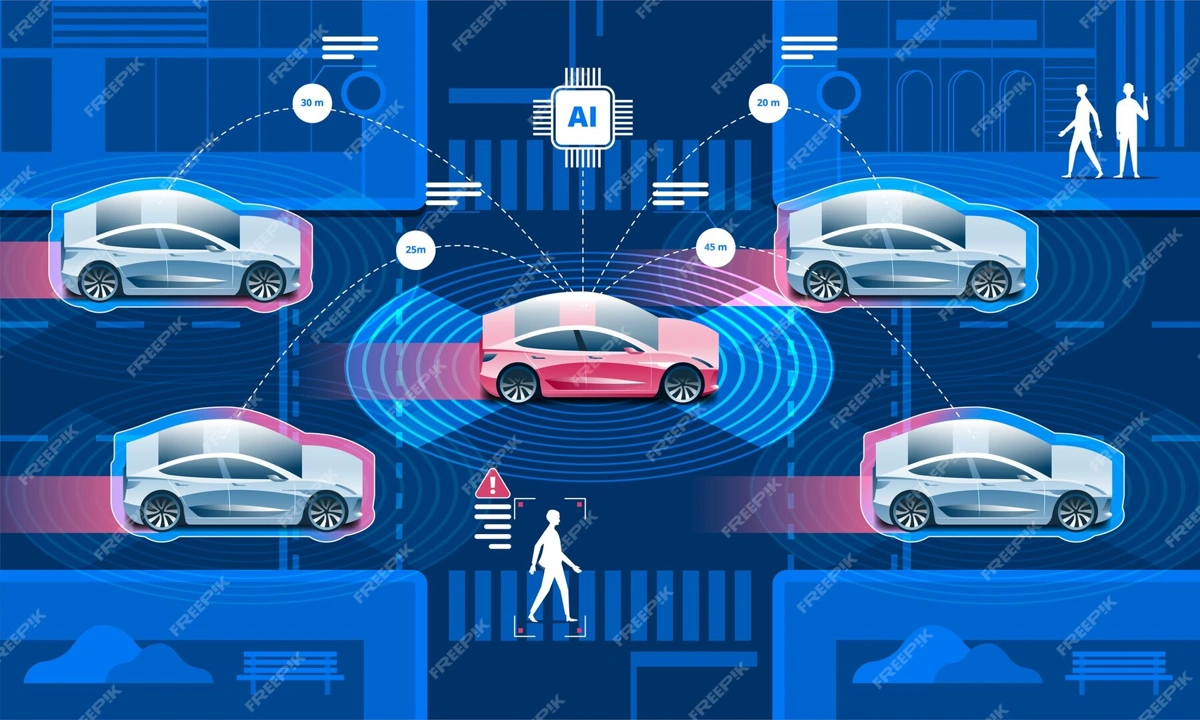
Wireless network of vehicle. Road in the city with autonomous Driverless cars and people walking on the street.
Self-driving cars rely on a combination of sensors, including LiDAR, radar, and cameras. These sensors generate real-time data that the AI system interprets to understand the surrounding environment.

Self-driving cars equipped with LiDAR, radar, and cameras
NVIDIA’s Convolutional Neural Networks (CNNs) are at the forefront of autonomous driving technology. CNNs analyze visual data, identify objects, and predict vehicle behavior by recognizing patterns in images. NVIDIA’s DRIVE platform integrates deep learning models to ensure safe and efficient driving.
Example: NVIDIA’s PilotNet CNN processes images from car cameras to predict the correct steering angle, making autonomous driving more accurate and reliable.
This video, courtesy of INVIDIA, features segments from the YouTube video
titled "Ride in NVIDIA's Self-Driving Car - NVIDIA DRIVE Labs Ep. 10". It has
been shared to raise public awareness about the transformative impact self-driving
cars can have on enhancing road safety.
VEDIO Link: https://youtu.be/1W9q5SjaJTc
VIDEO: Courtesy of NVIDIA | NVIDIA Autonomous Vehicle | NVIDIA Omniverse and Cosmos | Accelerating AV Development.
Link: https://youtu.be/HVp2LZ1UUN4. It has been shared to raise public awareness about the transformative
impact self-driving cars that can have on enhancing road safety.
Artificial intelligence is at the heart of self-driving cars, and Convolutional Neural Networks (CNNs) play a crucial role in enabling vehicles to perceive and understand their surroundings. This section dives into the deep learning framework that powers autonomous vehicles.
Convolutional Neural Networks (CNNs) are specialized deep learning models designed to process and interpret visual data, mimicking the way the human brain recognizes patterns and objects.
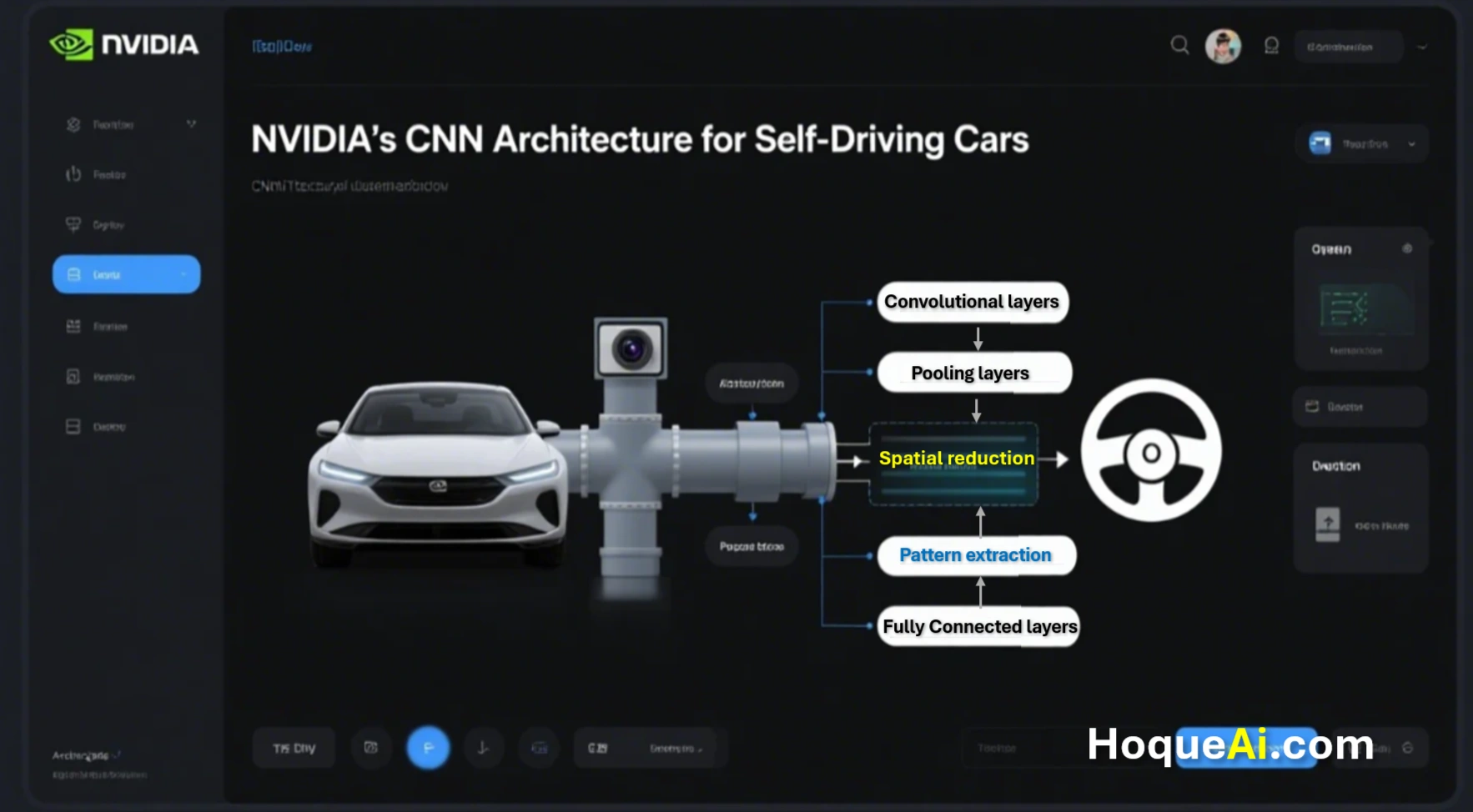 ℹ️
ℹ️
AI Generated image. HoqueAi.com, reflecting Convolutional Neural Network (CNN), in autonomous vehicles
demostrating how NVIDIA technology works using Convolutional, Pooling and Fully-connected layers.
📌 Disclaimer: This image is AI-generated and used for illustrative purposes only. It is not
affiliated with or endorsed by NVIDIA.
Any references to NVIDIA’s technology are purely educational
and conceptual.
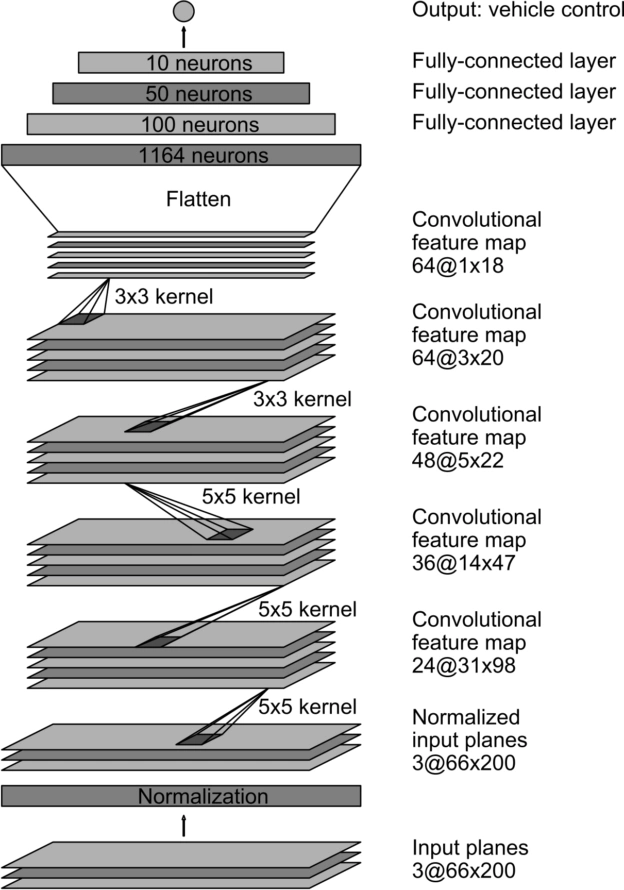
CNN architecture. The network has about 27 million connections and 250 thousand parameters.
Image Source: Curtesy NVIDIA Research
NVIDIA revolutionized autonomous driving with an end-to-end deep learning framework. Unlike traditional rule-based programming, this model directly learns driving behaviors from human demonstrations.
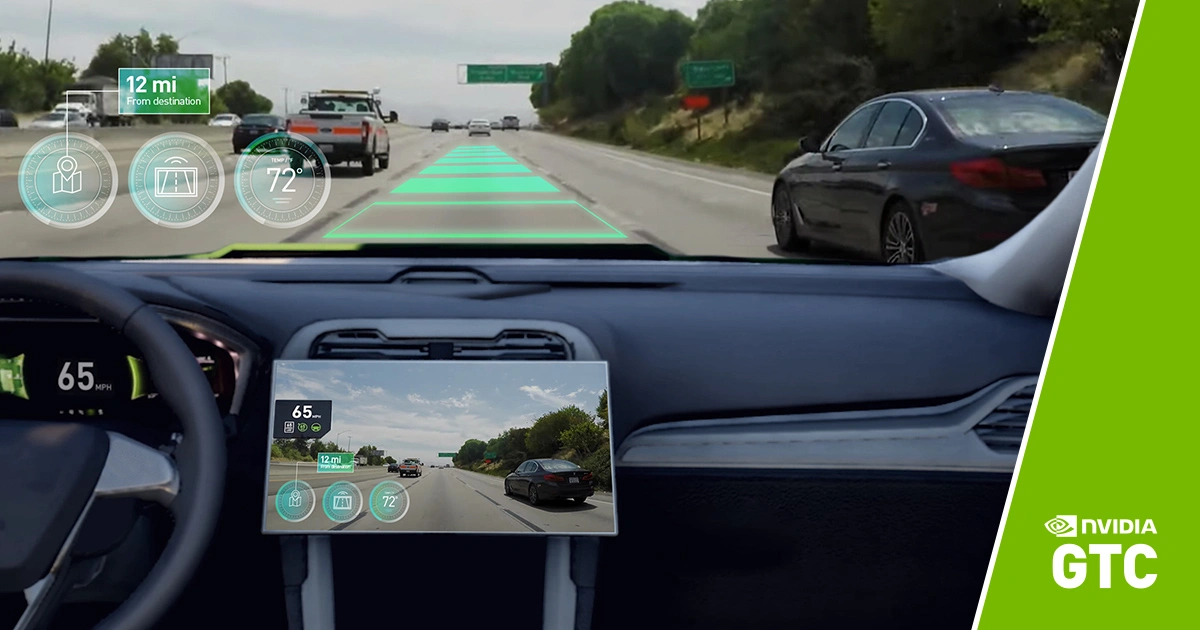
Image Source: NVIDIA Drive Platform
Self-driving cars need vast amounts of real-world and simulated data to train neural networks effectively.
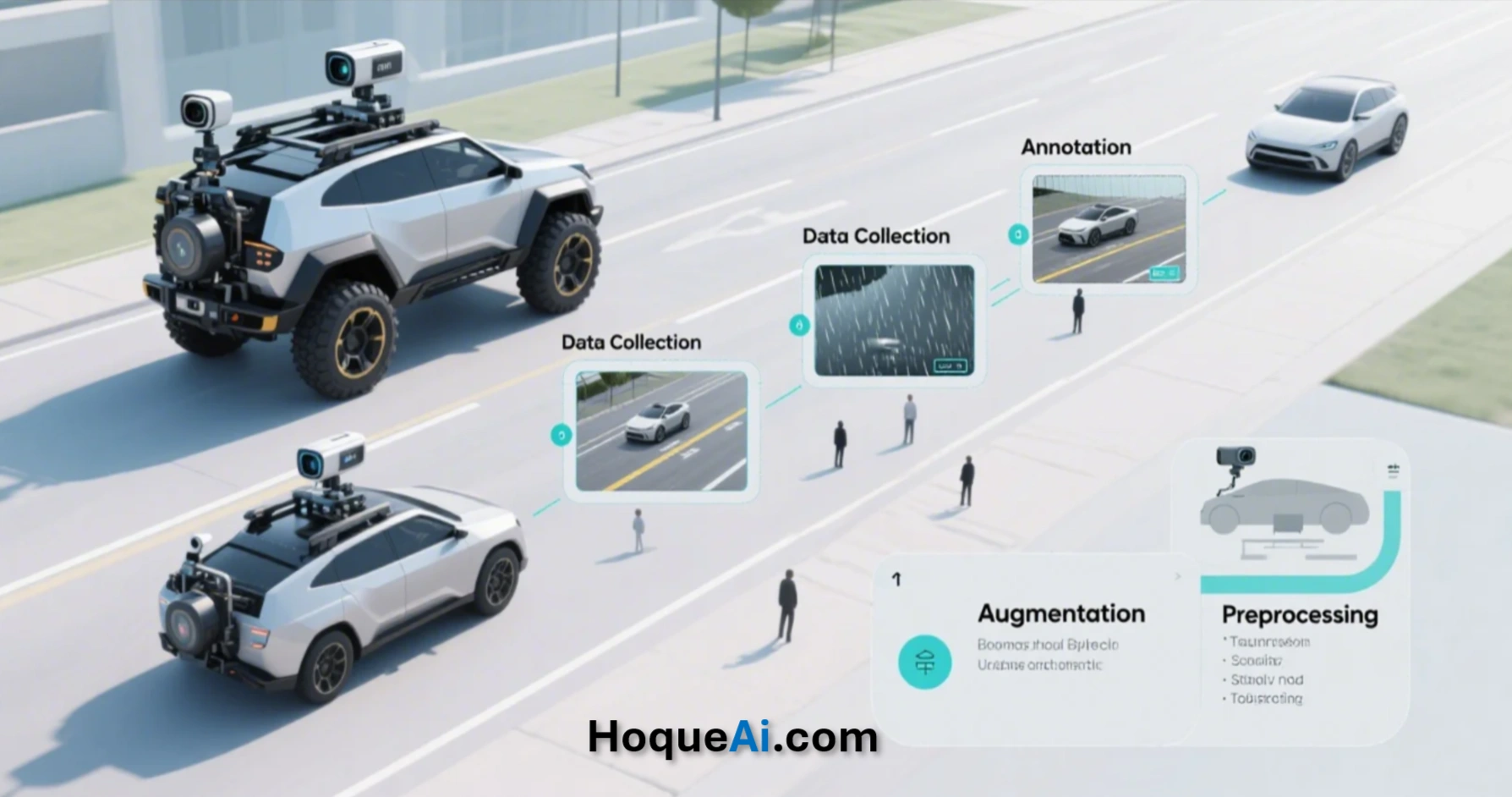
AI Generated image reflecting Data collection, Augmentation, Pre-processing.
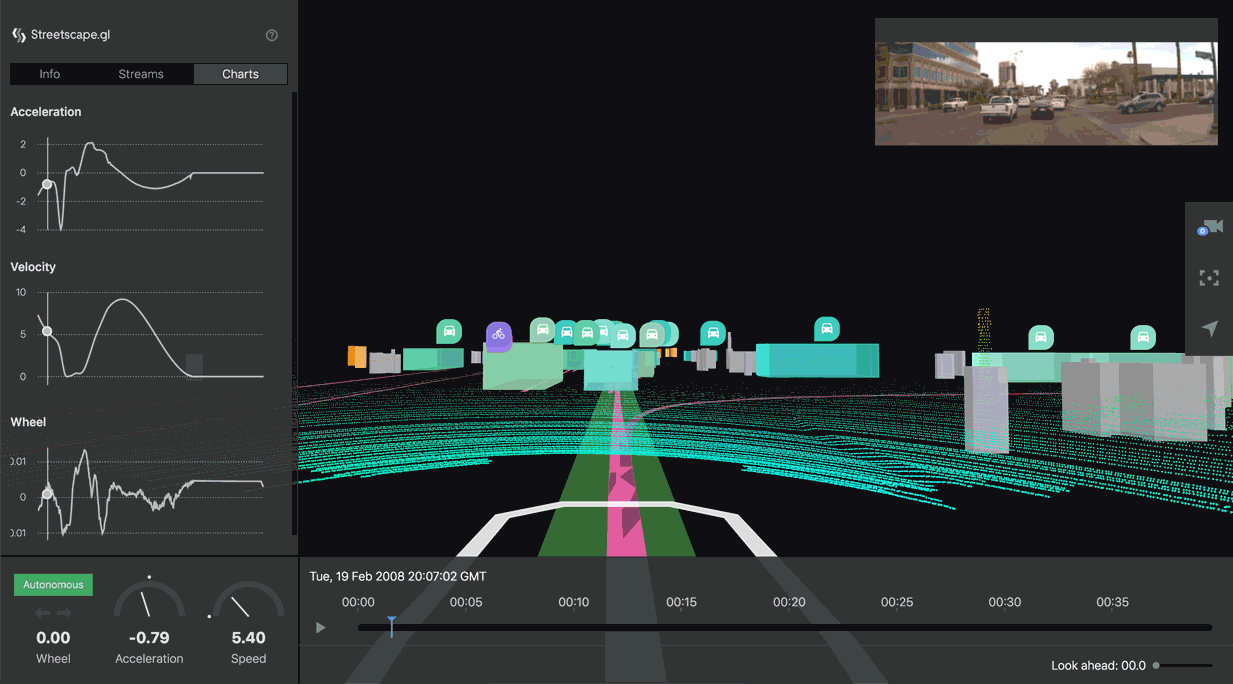
Image Source: Courtesy-NVIDIA Developer Blog. Link: https://developer.nvidia.com/
Self-driving cars powered by NVIDIA’s CNN technology represent the next frontier in mobility. With deep learning, massive datasets, and real-time AI processing, these intelligent vehicles are becoming safer, more reliable, and closer to full autonomy.
🚀 What’s Next? The next step in this journey is to explore how reinforcement learning and sensor fusion enhance self-driving AI systems. Stay tuned!
The core of NVIDIA’s self-driving technology lies in its deep convolutional neural network (CNN). This network is trained to take raw image data from cameras and output precise steering commands.
The training process involves collecting, processing, and feeding real-world driving data into the neural network.
Example: If the car approaches a curve, the model predicts a smooth turning angle based on learned patterns.
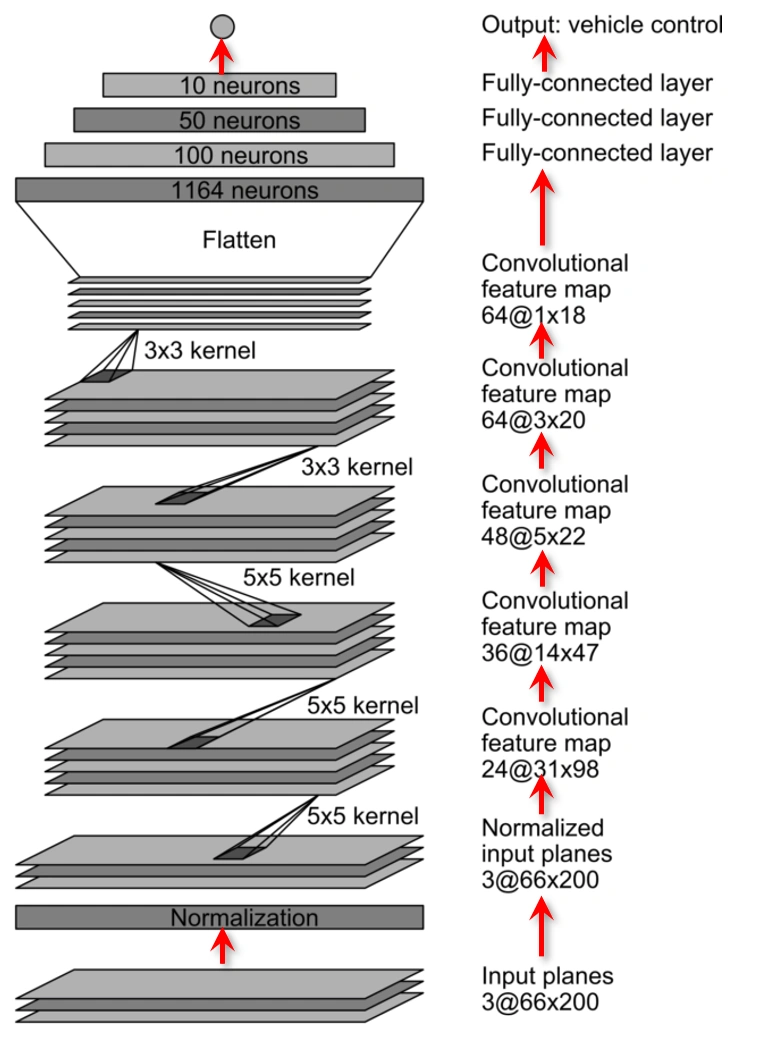
Source: NVIDIA Developer Blog. Link: https://developer.nvidia.com/
Several hyperparameters must be fine-tuned during model training to enhance performance.
Example: NVIDIA researchers adjusted the learning rate dynamically for faster convergence.
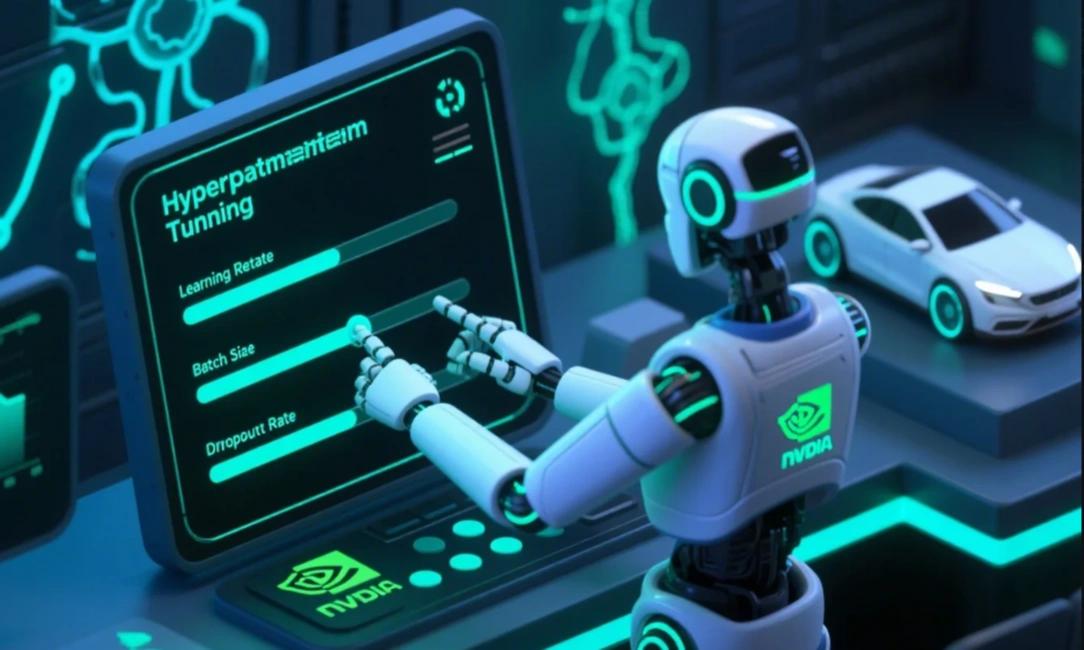
AI Generated image. HoqueAi.com, showing hyperparameters tunning Learning Rates, Batch Size and Dropout Rate in NVIDIA's Model.
NVIDIA’s CNN-based self-driving system is a breakthrough in autonomous mobility. By leveraging deep learning, real-world driving data, and optimized hyperparameters, self-driving technology is set to revolutionize road safety and transportation efficiency.
🚀 Stay tuned for more advancements in AI-driven mobility!
To ensure the reliability of a self-driving car, several key metrics are used for evaluation. These include accuracy, loss functions, Mean Squared Error (MSE), and Intersection-over-Union (IoU) for object detection. Additionally, real-world performance indicators such as reaction time, lane-keeping precision, and braking efficiency are assessed.
Example: Tesla's Full Self-Driving (FSD) Beta software continuously improves based on driver feedback and real-world testing, measuring performance through disengagement rates and intervention frequency.
Understanding how the model perceives and reacts to the environment is crucial. Visualization techniques such as Grad-CAM and saliency maps help identify which areas of an image contribute most to a decision. Successful predictions are analyzed for robustness, while misclassified scenarios guide improvements.
Example: A self-driving car might correctly detect pedestrians in daylight but struggle in low-light conditions, requiring adjustments in data preprocessing and augmentation.
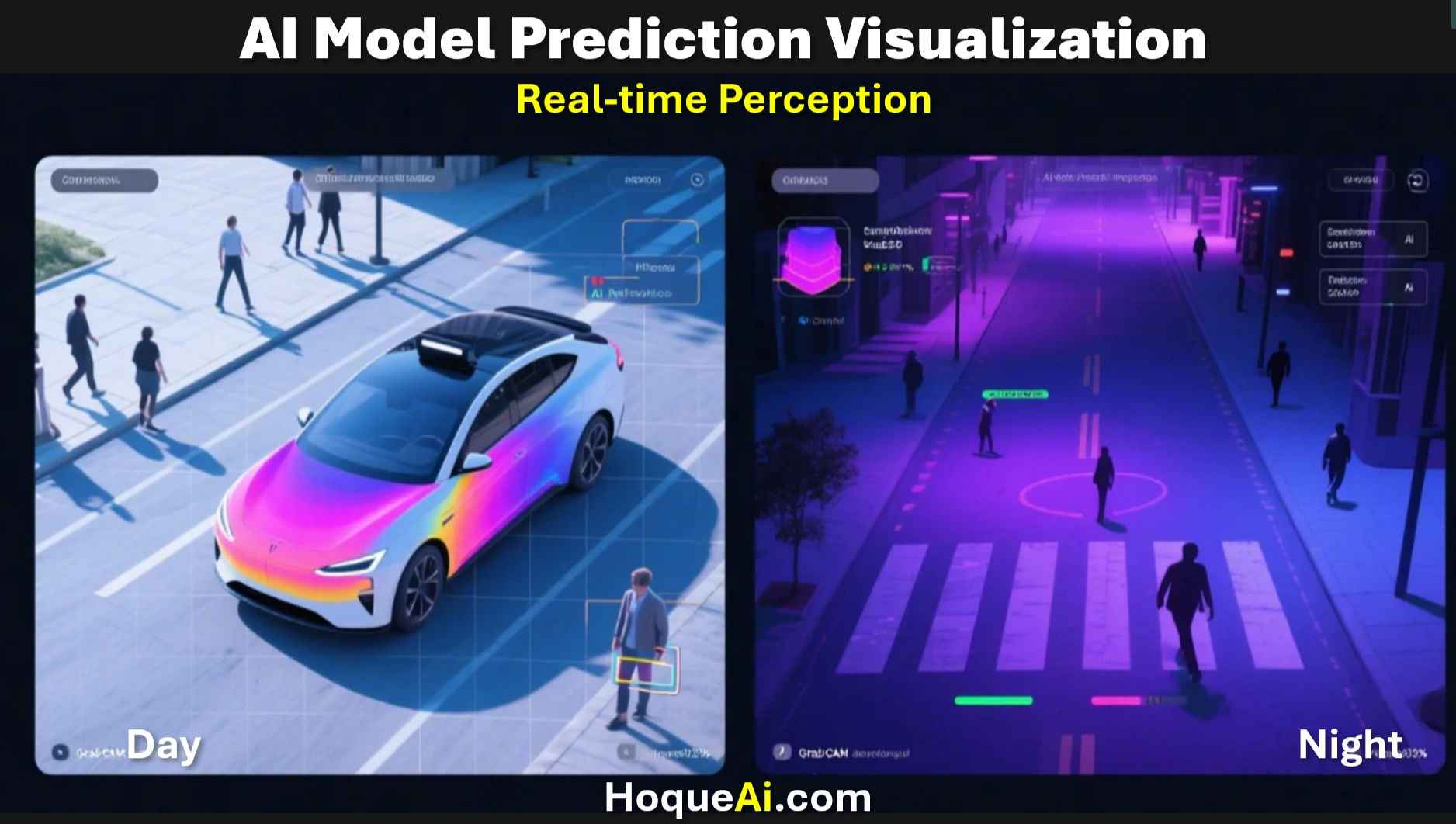 ℹ️
ℹ️
AI Generated image. HoqueAi.com, reflecting how Autonomous Self-Driving car,
might correctly detect pedestrians in
daylight but struggle in low-light conditions, requiring
adjustments in data preprocessing and augmentation.
Even with high-performance models, challenges such as sensor noise, weather conditions, and unexpected obstacles can degrade accuracy. Advanced techniques like ensemble learning, transfer learning, and reinforcement learning help fine-tune the system for greater reliability.
Example: NVIDIA's DRIVE platform leverages real-time simulation environments to test and refine self-driving AI before deployment, reducing potential risks on actual roads.
Performance evaluation and fine-tuning are integral to building a safe and efficient self-driving car. By leveraging advanced metrics, visualization tools, and cutting-edge techniques, we can continuously improve autonomous vehicle systems, paving the way for a safer future.
The integration of Convolutional Neural Networks (CNNs) into self-driving cars marks a revolutionary step in AI-driven mobility. NVIDIA’s deep learning models transform raw sensory input into intelligent driving decisions, processing data from cameras, LiDAR, and radar to recognize obstacles, read traffic signs, and make split-second decisions.
Example: Tesla’s Full Self-Driving (FSD) system utilizes a CNN-based perception module to interpret complex road environments in real time.
 ℹ️
ℹ️
AI Generated image. HoqueAi.com, reflecting Autonomous Self-Driving car, equipped with
sensors for intelligent driving decisions,
processing data from cameras, LiDAR, and radar to
recognize obstacles, read traffic signs, and make split-second decisions.
📌 Disclaimer: This image is AI-generated and used for illustrative purposes only. It is not
affiliated with or endorsed by NVIDIA.
Any references to NVIDIA’s technology are purely educational
and conceptual.
Before deployment on public roads, autonomous vehicles undergo rigorous testing in simulations and closed test tracks. These tests evaluate navigation through intersections, pedestrian response, and adverse weather handling.
Example: NVIDIA’s DRIVE Sim allows virtual testing of self-driving AI in a controlled digital environment before real-world trials.
Real-World Deployment: Companies like Waymo and Cruise have launched autonomous ride-hailing services, demonstrating deep learning capabilities.
 ℹ️
ℹ️
AI Generated image. HoqueAi.com, reflecting autonomous vehicles
undergo rigorous testing in simulations and closed test tracks.
As self-driving technology advances, safety and ethics remain priorities. AI models must make ethical driving decisions, prioritize passenger safety, and effectively handle unpredictable human behavior.
Ethical Dilemmas:
 ℹ️
ℹ️
AI Generated image. HoqueAi.com, reflecting self-driving technology advances, safety and ethics remain priorities
The real-world implementation of NVIDIA’s CNN-driven self-driving cars is revolutionizing transportation. Continuous improvements in deep learning models, safety protocols, and ethical frameworks are making autonomous mobility smarter, safer, and more efficient.
What’s Next? Advancements in 5G connectivity, vehicle-to-vehicle (V2V) communication, and enhanced sensor fusion will further refine self-driving capabilities.
As autonomous driving technology evolves, researchers continuously explore ways to improve performance, safety, and adaptability. This section covers three critical areas shaping the future of self-driving cars.
Self-driving cars depend on vast datasets, but real-world scenarios are unpredictable. Data augmentation improves model robustness by artificially expanding training data.
Real-World Impact: A CNN trained with augmented data performs significantly better in varying weather conditions.
Reinforcement learning (RL) allows self-driving systems to learn optimal driving strategies through trial and error.
Breakthrough Example: Google’s Waymo uses RL to refine lane-changing and merging maneuvers.
Key innovations shaping the future of autonomous vehicles:
What’s Next? Companies like Tesla, NVIDIA, and Waymo are leading advancements toward fully autonomous driving.
From data augmentation to reinforcement learning and cutting-edge AI, self-driving technology is evolving rapidly. We are approaching a world where AI-powered mobility enhances safety, efficiency, and accessibility.
The development of self-driving cars is a testament to human ingenuity and technological progress. From understanding the fundamental principles of Convolutional Neural Networks (CNNs) to implementing NVIDIA’s deep learning-driven autonomous driving system, we have explored the intricate process of creating a vehicle that perceives, learns, and makes real-time driving decisions.
Through data collection, model training, hyperparameter tuning, and real-world testing, we have witnessed the transformation of raw sensory input into intelligent navigation. This journey is not merely about programming cars—it’s about redefining the future of mobility, making roads safer, and reducing human errors.
While the progress made in self-driving technology is remarkable, the journey is far from over. The integration of Reinforcement Learning, Sensor Fusion, and 5G-powered real-time decision-making will further refine self-driving systems.
With continued advancements, autonomous vehicles will soon transition from experimental test tracks to widespread adoption, revolutionizing urban mobility. The dream of fully autonomous, AI-powered transportation is no longer a distant fantasy—it’s an inevitable reality on the horizon.
🚗💡 The future of transportation is self-driving, intelligent, and safer than ever.
